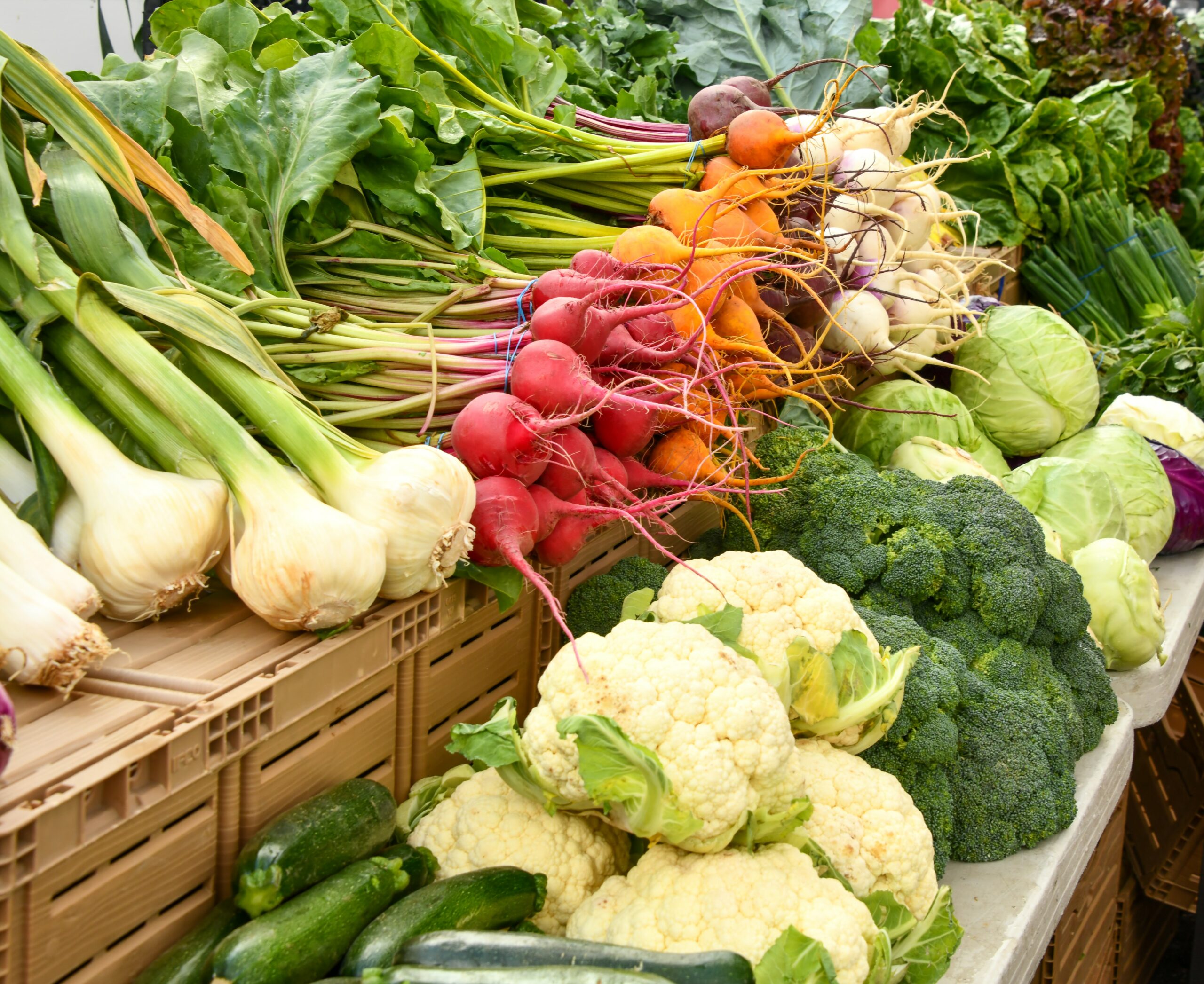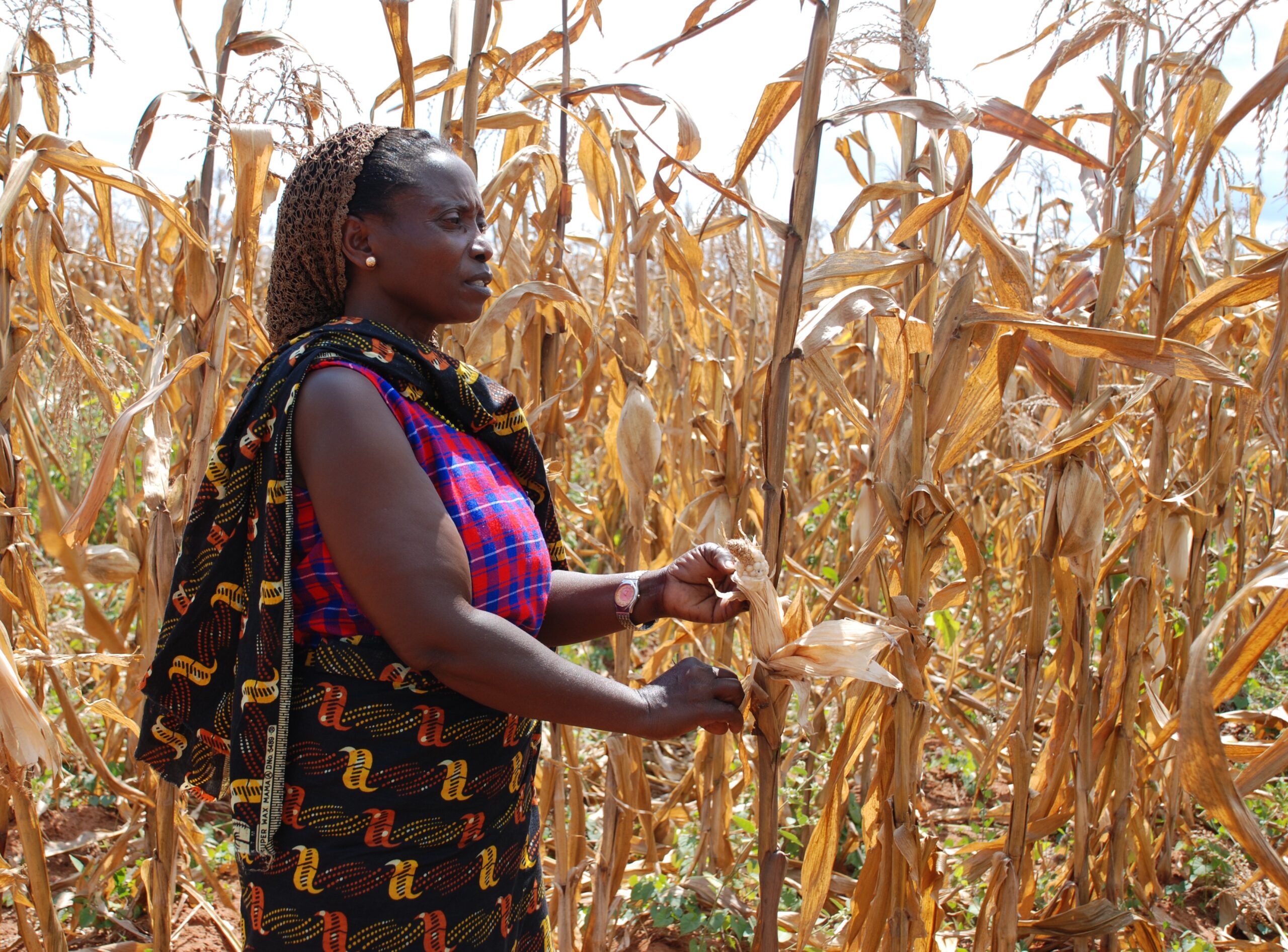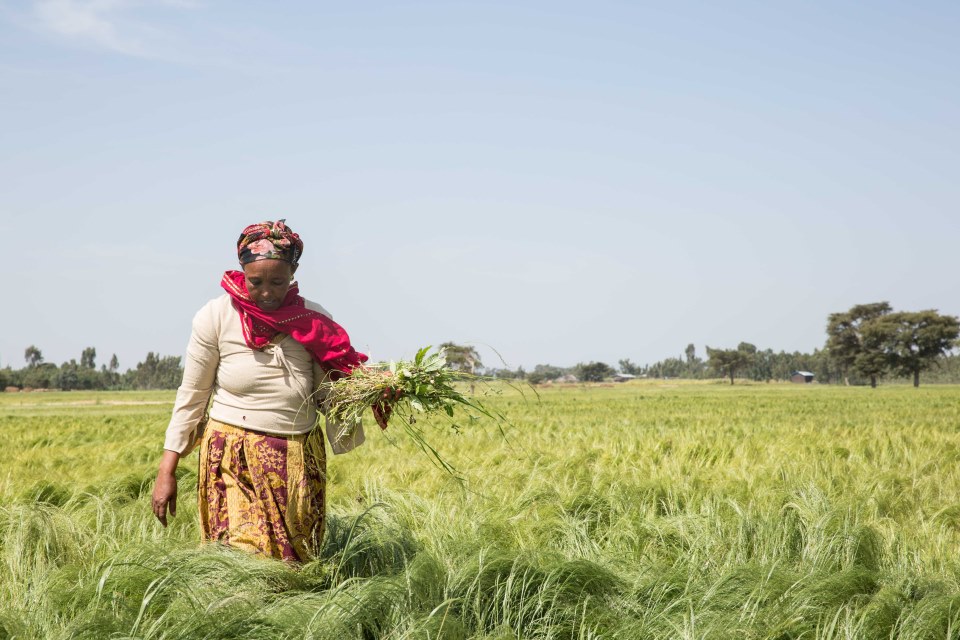With the UN Food Systems Summit +2 Stocktaking Moment happening this week, GCNF wanted to take a closer look at the relationship between food systems, the climate, and school feeding programs.
Continue readingCountry Spotlight: Lithuania
While some countries have a single school meal program that addresses the needs of one identified population, in Lithuania, during the 2020-2021 school year, three different programs took place, reaching over 317,000 pre-, primary, and secondary school students.
Continue readingJune Newsletter
See the June newsletter from GCNF.
Continue readingCantines Scolaires : L’Experience de l’Alimentation Scolarie Basée Sur la Production Locale (ASPL), Booste le Dynamisme des Cantines Scolaires au Togo
Depuis 2020, les cantines scolaires au Togo ont pris une nouvelle allure en migrant de la sphère de projets vers un véritable programme national d’alimentation scolaire.
Continue readingSchool Canteens: The Experience of Home-Grown School Feeding (HGSF) Boosts the Dynamism of School Canteens in Togo
Since 2020, school canteens in Togo have taken on a new look by migrating from the sphere of projects towards a truly national school feeding program.
Continue readingClimate-Smart School Meal Programs
Eleven Years of International School Meals Day
How 5 GPE Partner Countries are Helping Students Attend Schools
Read how GPE is supporting Burundi, the Federated States of Micronesia, Nicaragua, Somalia, and Yemen to ensure students can learn in good conditions through school feeding programs.
Continue readingDiscussing AUDA-NEPAD Home-Grown School Feeding Guidelines
Home-Grown School Feeding (HGSF) programs aim to provide school children with nutritious meals while also supporting local agriculture and economies. Since the program’s endorsement by the African Union Development Agency New Partnership for Africa’s Development (AUDA-NEPAD) in 2003, the HGSF concept has continued to attract significant attention due to its potential to simultaneously meet various cross-sectoral objectives.
Continue readingMarch Newletter
Read the March newsletter from GCNF.
Continue reading















